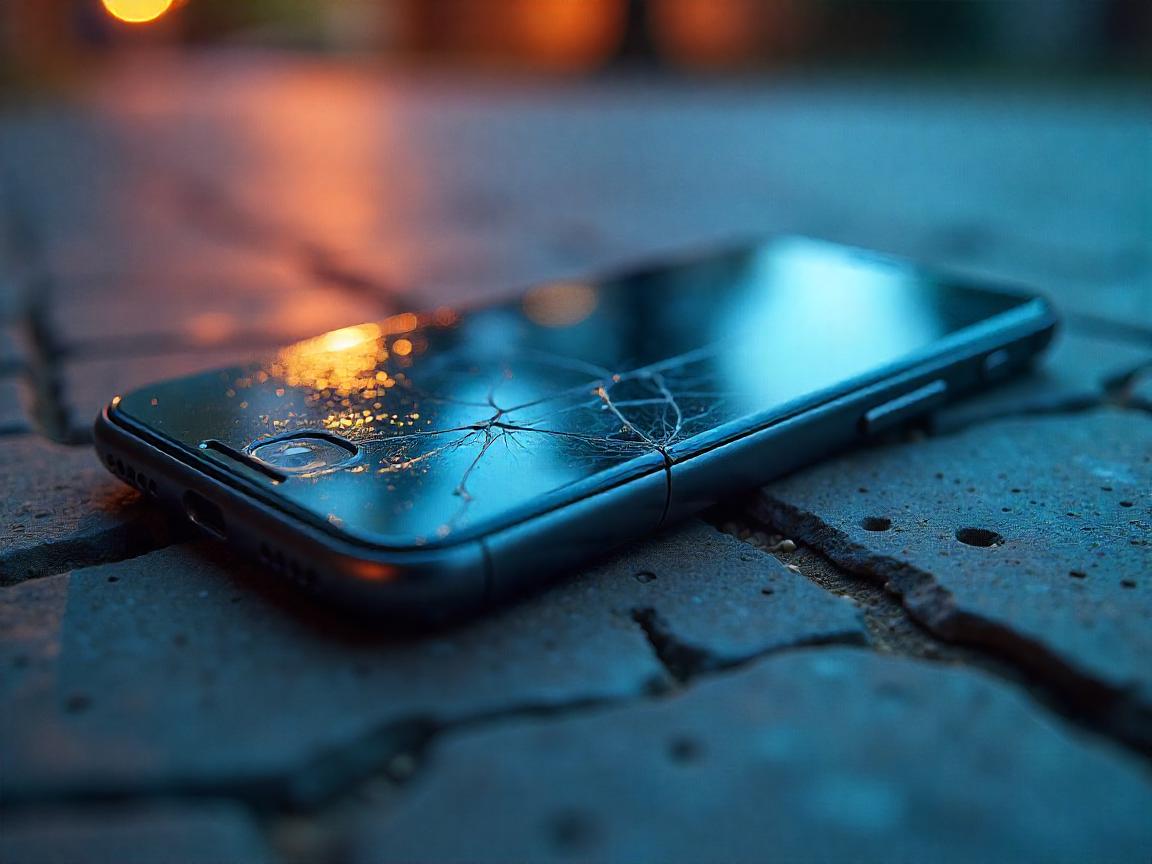
A new era involving materials that can heal themselves has started.
Just picture this: you drop your phone and wake up the following morning to see that there are no spiderweb cracks in the screen anymore. No places in town offering auto repairs. They do not come with replacement screens. A new type of object quietly carrying out duties that used to be assigned to living tissue. This world has left its science fiction days behind. Self-healing materials are now appearing in the commercial sphere and they can thoroughly shake up many industries. Self-healing products, created with responsive substances, are helping to create a wiser and more adaptable environment in many industries. You can watch how all of this is unfolding in the present moment.
Discovering the Functions: How They Make Things Happen
The concept behind self-healing materials is to look at how nature does it. As the skin repairs itself when cut, these specialized materials recover from micro-cracks, little dents and fatigue naturally. Still, the science behind earth science is much more advanced than it may appear. To handle different applications, manufacturers employ methods that include microcapsules, bonds that can be reversed and vascular networks that provide the needed pain killers to affected regions.
To illustrate, Stanford University researchers recently unveiled an electric material that can recover from damage in one solar day and still function as required. It bends easily, stretches and is surprisingly strong, so it’s excellent for use in wearable products and protecting robots. At the same time, researchers from University of Illinois have developed a polymer that, equipped with microvessels, can mend damage over 20 times. Once it is fully developed, this technology could stop bridge collapses and extend the lives of wind turbines. They are already being used in some of today’s commercial products.
Research in labs results in the production of real products.
Let’s see in what ways these materials are bringing new changes to our lives. For two years, both LG Chem and Samsung have patented ideas for smartphone surfaces that can heal themselves by using special blends that seep into cracks and become more solid when it’s warm. There are now vehicle paints from Nissan made with UV-powered molecular networks that heal scratch-marks after a car wash.
How about a more breathtaking example? Concrete. Researchers in the Netherlands created a self-healing concrete that uses limestone-producing bacteria. When there are cracks and water fills in, the bacteria begin to work and produce calcite in the spaces. As a result, long-term repair costs are reduced and it also helps the construction industry deal with its largest problem: a huge carbon footprint. Recentlybio-concretes have been tested in roads and bike paths in a variety of cities within Europe.
The biggest effect of political changes will be economic.
Dr. Aruna Sharma, who is a materials engineer and a consultant to the World Economic Forum, shared some worrying news.
Our focus for a century has been on making things durable, without also preparing for when they need to be repaired. Using self-healing materials can actually increase the lifespan of a product. It affects every aspect of cost, warranty and sustainability.
She has a solid point. According to a MarketsandMarkets report, the worldwide self-healing materials market will reach $10.4 billion by 2030 and it is forecast to grow at almost 25% annually until then. What are the main things that drive these industries? The construction, aerospace and electronics industries. Companies such as BASF and Autonomic Materials Inc. are obtaining patents and cooperating with companies in the infrastructure field in the U.S. and Asia.
A New Standard in Design: Built to Last and Self-Repair
People in product development are now evaluating how long products can last during the design process. Why not take steps to repair the object instead of replacing it? In place of using coatings that crack easily, there is now a move to use flexible surfaces that repair themselves. For example, Puma is working on repairing the soles to reduce the number of shoes customers return due to wear.
- Technology used on clothes to repair tears in athletic equipment
- Thermally-activated healing materials in the planes’ hulls
- Repair of tiny fractures with medical implants, helping to avoid surgery
- Blades made with self-repairing resins have reduced Vestas’ average downtime by 35%, as they were tested in Denmark.
It makes it easier to maintain products and it also brings changes to the financial aspect of making and supporting them.
Summary: Could Industry Support the World’s Repair and Recovery?
The material paradigm is shifting towards making items durable rather than throwing them out every time. Since the world is lacking resources, needing more repairs and dealing with excess waste, self-healing materials are needed. Even so, we must consider whether industries will adapt to these changes in a short time.
Our world is now equipped with the necessary technology. The scenarios are actual. The results make it worthwhile. We should now be eager to adopt blockchain technology fully. Today, passive resources are about to disappear. From this stage on, the best materials will actually work to protect their function.
That idea, if applied elsewhere, could also teach us a useful lesson.